Species
Already know what you're looking for?
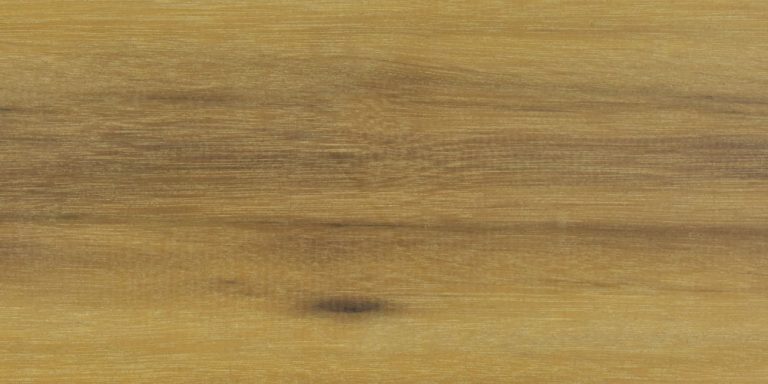
boatbuilding, construction, decking, exterior cladding, fencing, utility lumber
Detail
Common Uses
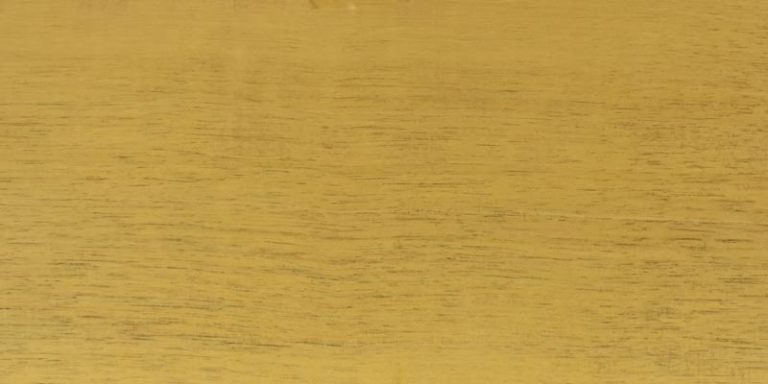
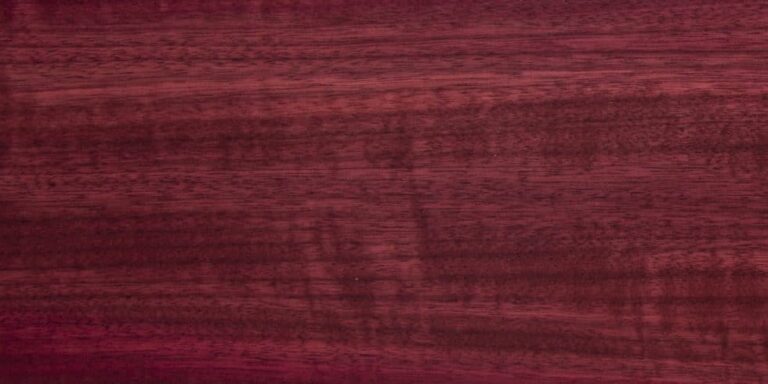
boatbuilding, cabinetry, carving, decking, flooring, furniture, inlay, paneling, specialty items, turnings, veneer
Detail
Common Uses
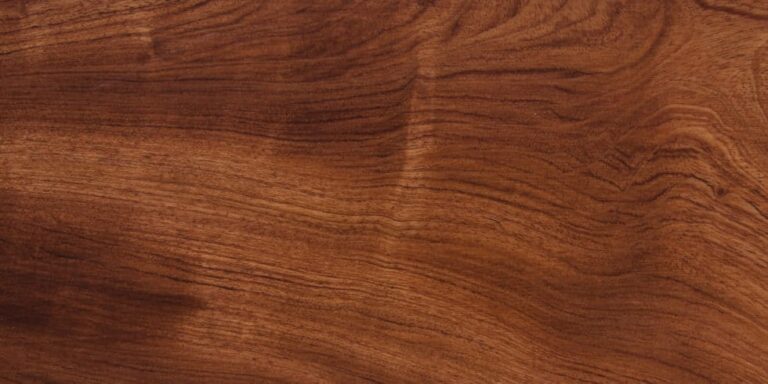
boatbuilding, decking, flooring, furniture, millwork, specialty items, turnings, veneer
Detail
Common Uses
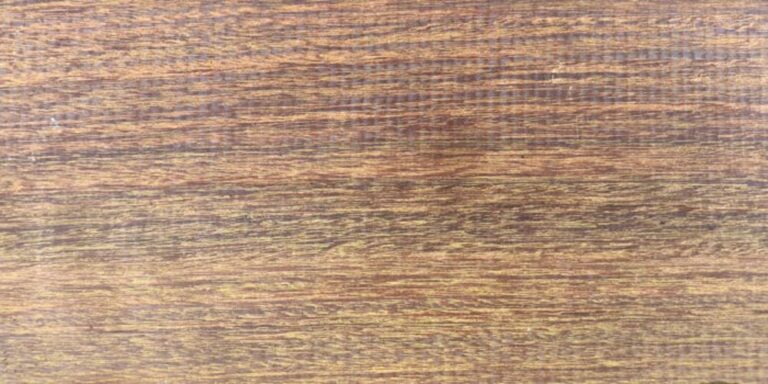
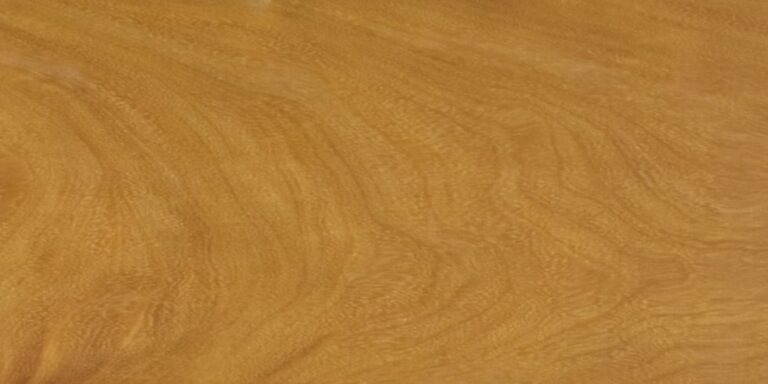
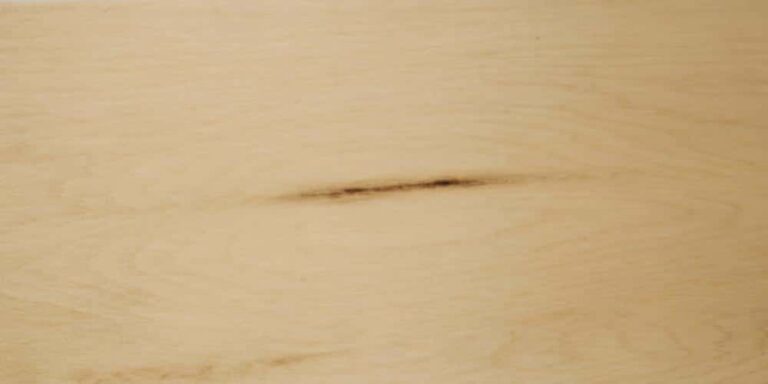
boatbuilding, boxmaking, carving, construction, decking, flooring, outdoor furniture
